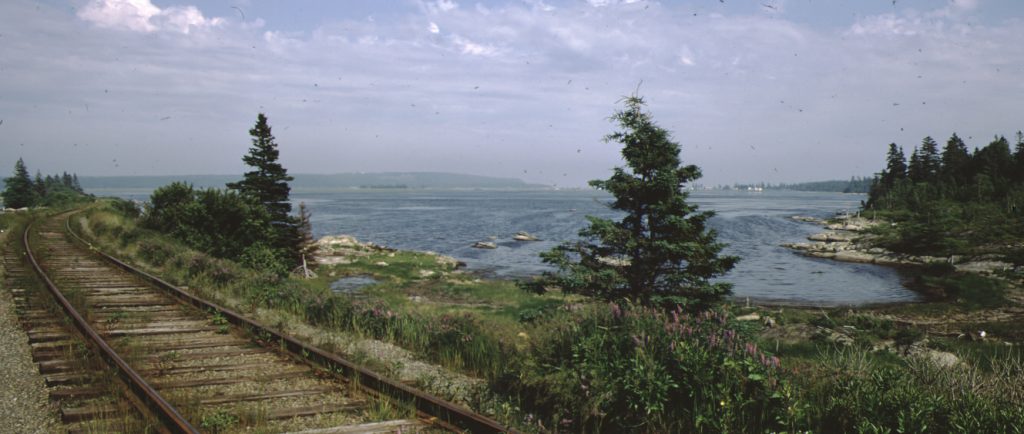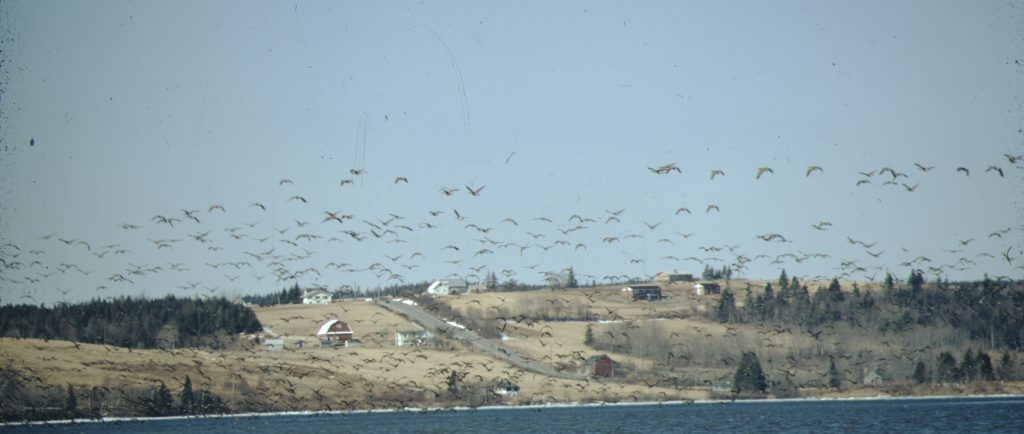Cole Harbour
On the eastern edge of Cole Harbour, Nova Scotia, there sits a natural treasure – a salt marsh. Known by the same name as the community it is part of, this marsh formed in the valley of a small river a few thousand years ago. Flooding caused by rising sea levels created a broad, shallow estuary. It is not only beautiful, but lush and highly productive, as all salt marshes are if left alone. Although many of the people who came and went around its shores or crossed its shallow waters over the years noted its beauty, they tended to see it more as an obstacle, or as something to be exploited. Until recently, few appreciated its value to the wider environment.
The people who used the estuary over the years did so according to their needs, their cultural backgrounds, their level of prosperity, and the dictates of the times. Despite the abuse that came its way, the salt marsh proved to be remarkably resilient. It not only held its own and recovered from each intrusion, in time it has come to be more widely recognized as the valuable asset it is, something to be preserved and protected. Lying within the metropolitan area known as Halifax Regional Municipality, and only minutes from the urban core, the marsh has survived due to a combination of its natural resilience, dedicated activism throughout the latter part of the 20th century, and the difficulty associated with bringing it under control. In the 21st century, it is now easily reached and regularly enjoyed by city-dwellers of all ages and interests, protected by parkland and a special area designation. Today, it is crossed mainly by walkers and cyclists on a section of the Trans Canada Trail (or Great Trail).
The cultural history of Cole Harbour salt marsh is the history of the people who used it, crossed it and tried to tame it. Local residents from the 17th century up to modern times have viewed Cole Harbour salt marsh as a hunting ground, an inconvenience, a potential site for development, or a sump for refuse and sewage. Despite failed attempts to make it easier to cross or to put it to better use, by the end of the 20th century the salt marsh had come into its own and it is now more or less assured of continued existence.
Start reading the storyThe Cole Harbour Heritage Farm Museum is owned and operated by the Cole Harbour Rural Heritage Society. The Society would like to thank Elizabeth Corser, Judith Tulloch, and Heather Adams for their efforts in the creation of this exhibit.



